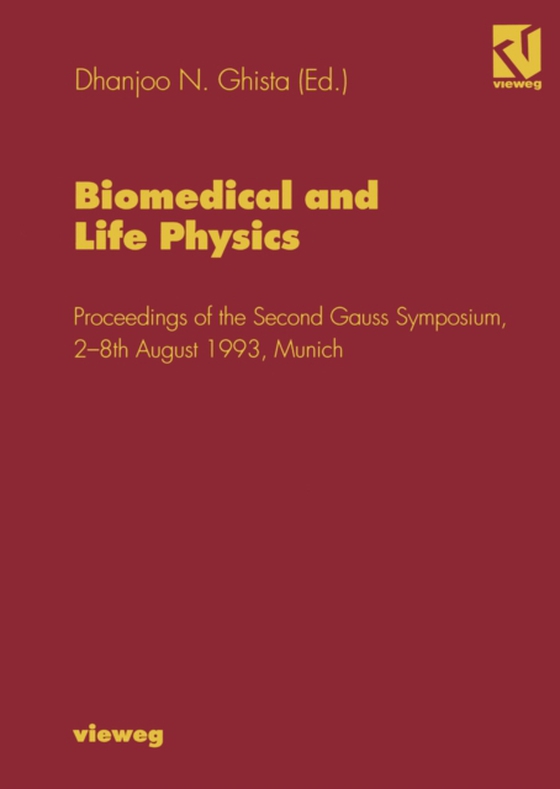
Biomedical and Life Physics e-bog
875,33 DKK
(inkl. moms 1094,16 DKK)
D. N. Ghista (Based on the Opening Address at the International Conference on Biomedical Physics & Mathematics of the Gauss Symposium, August 2, 1993 at Ludwig Maximillians Universitiit, Munchen, Germany) The traditional practice of Biomedical physics has now expanded to involve multiple aspects of medical practice: development of systems and technology in medical monitoring (e. g. , PET visual...
E-bog
875,33 DKK
Forlag
Vieweg+Teubner Verlag
Udgivet
6 december 2012
Genrer
Medical research
Sprog
English
Format
pdf
Beskyttelse
LCP
ISBN
9783322850171
D. N. Ghista (Based on the Opening Address at the International Conference on Biomedical Physics & Mathematics of the Gauss Symposium, August 2, 1993 at Ludwig Maximillians Universitiit, Munchen, Germany) The traditional practice of Biomedical physics has now expanded to involve multiple aspects of medical practice: development of systems and technology in medical monitoring (e. g. , PET visualization of brain receptors to identify neuronal dysfunction), diagnosis (e. g. , computer-aided echocardiographic texture analysis to detect myocardial infarcts), organ- support (e. g. , peritoneal dialysis), and therapeutic function (e. g. , encapsulation of insulin-producing pancreatic islet cells for treatment of diabetes). However, is Biomedical Physics a relatively new field? Not really, although we may have opened up new vistas of it, as presented in this book. Let us recall some early and well-known physician-cum-biomedical physicists. Both physical and physiological scientists will know of Jean Poiseuille (1799-1869), physician and physiologist; he measured blood pressure with a mercury manometer while being a medical student in Paris, received his medical degree in 1928, and then went on to describe the law of viscous flow (applicable to arteriolar flow).
 Dansk
Dansk

